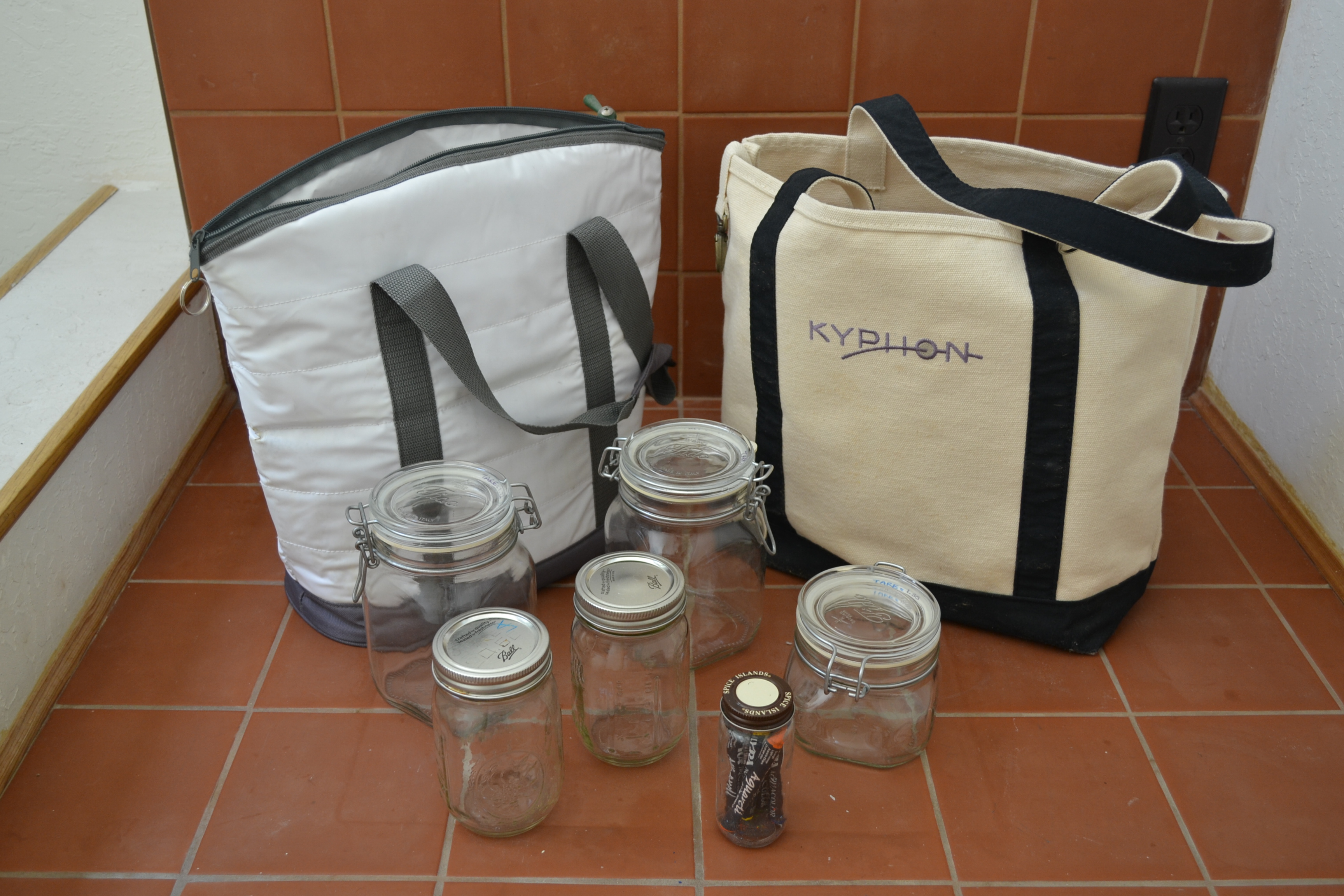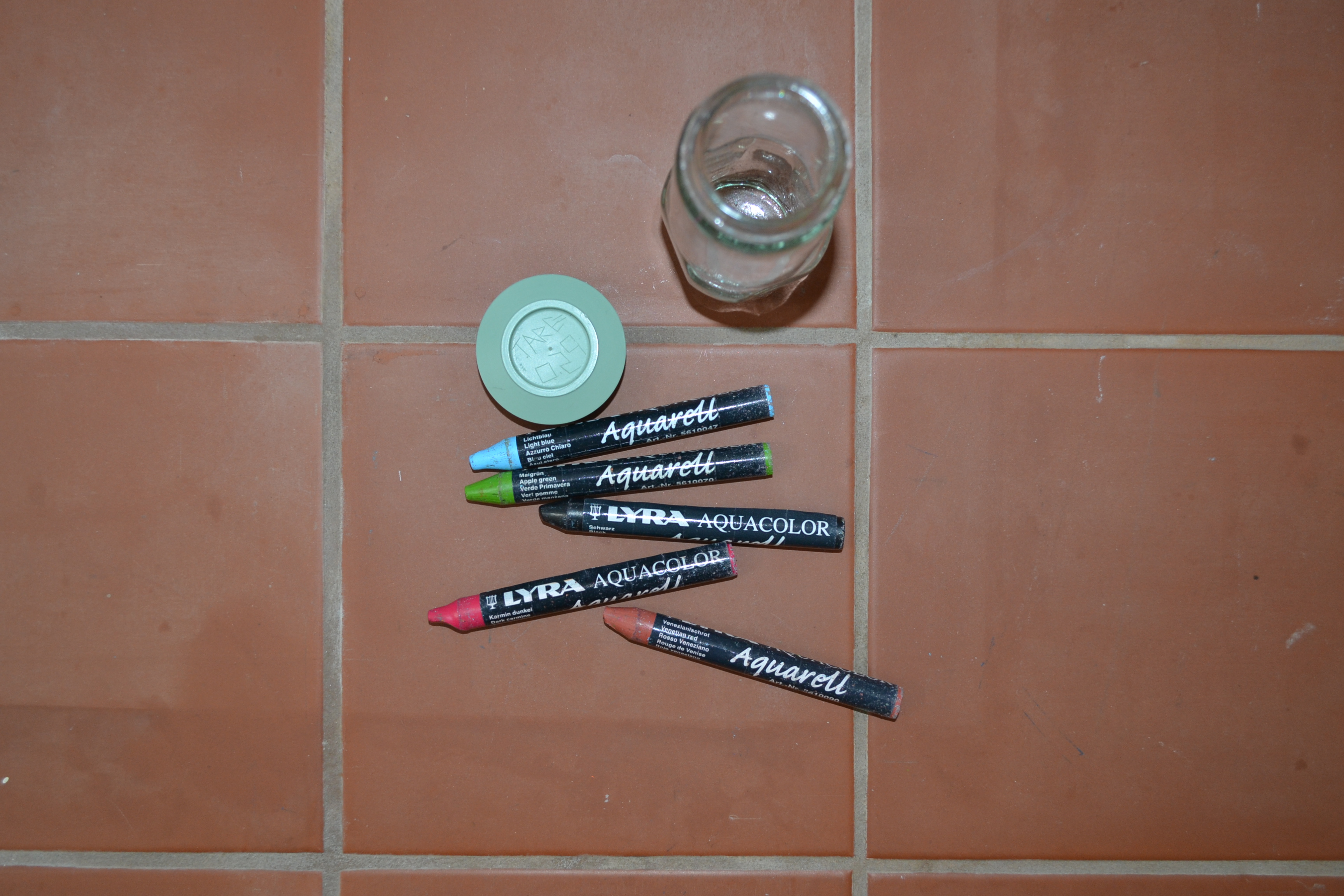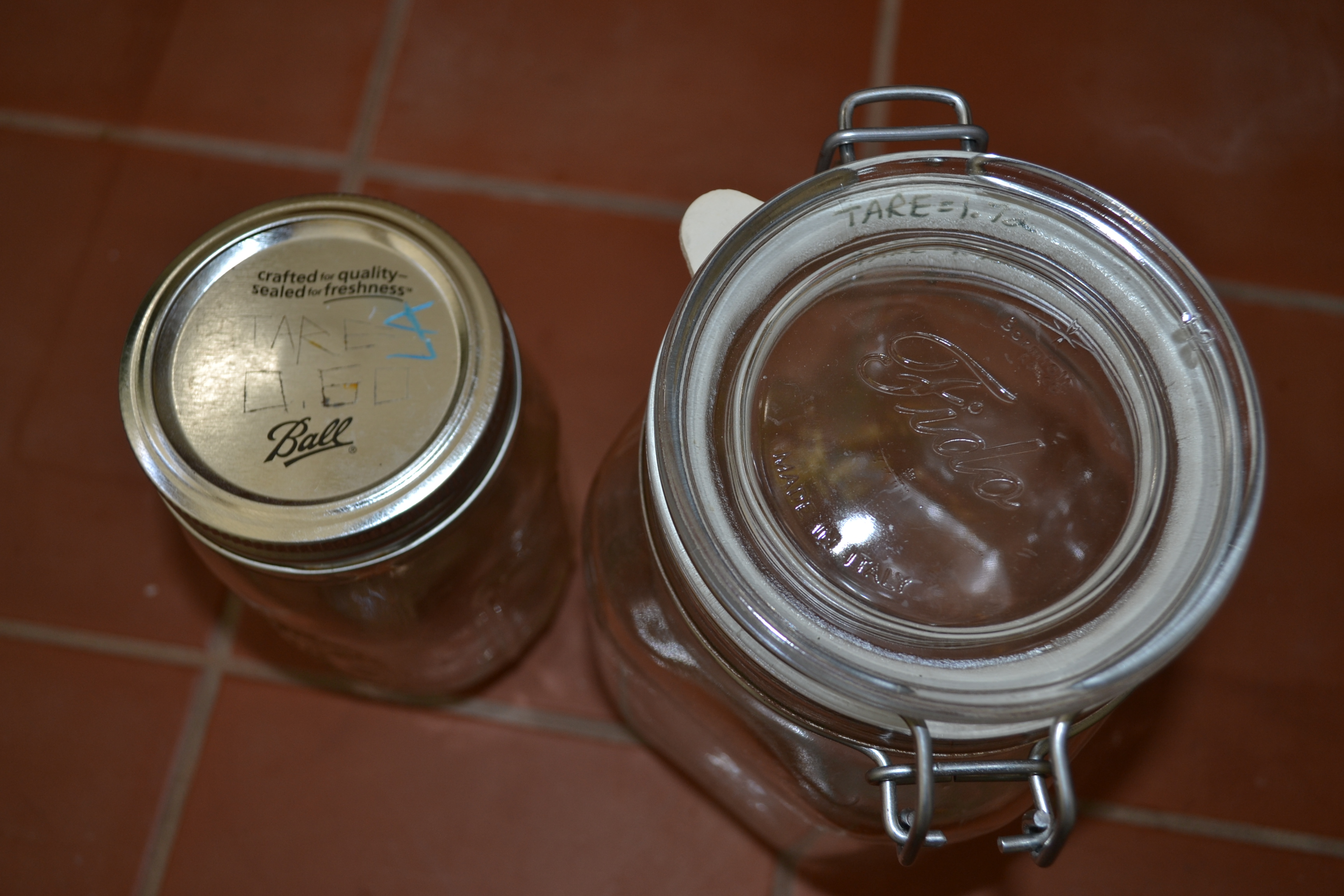08.19.2019
0600
Committing to a Zero Waste lifestyle, does take a good amount of preparation. If you look around your kitchen, bathroom and even your bedroom, a lot of our world is made of plastic.

BEFORE TRANSITIONING TO A ZERO WASTE LIFESTYLE:
The easiest way I can instruct someone to go about transitioning to a Zero Waste Lifestyle, is to go room by room, and I would start with the kitchen. It’s not quick, since you have to go through every drawer, cabinet, closet, shelf, and the storage container. I would technically audit each room in this order:
- Kitchen – We tend to buy the most items for this room, and food items frequently circulate in and out of this room
- Bathroom(s)- We use quite a bit of personal care items, which have expiration dates, so I think this room also has a slew of products being brought in and thrown out
- Storage closet(s)- Some households store extra supplies in closets, so I would go through and make a list of items I frequently stock up on.
- Bedroom(s)- Specifically, clothing and other disposable items that are bought, used and kept here
- Living Room & Dining Room- Check cabinets or drawers where you may keep extra supplies of items, and list them
- Garage- This might be a big audit, since people use their garages for a variety of things. But I would go through and find all of the single use, disposable items and then find other bottles/jars/canisters that will create waste once the product is used up.

DURING THE TRANSITION TO A ZERO WASTE LIFE STYLE:
During the process of transitioning to a more zero waste lifestyle, there will be a slew of products or foods, you will end up using up and finishing up. A big part of this section of the process, is a countdown to the day you finish using up that shampoo bottle, bag of rice, toothpaste tube, nail polish, nail polish remover, etc. Although, waiting until the end of the life of a product can feel frustrating, it buys you time to research on products you plan on replacing the action with.
Keep in mind that investing in products made from sustainable materials and have been proven to last a long time, are better investments for your wallet. When I was going through my transition, I came to realize that I don’t really care what zero waste looks like in my home. I’m more concerned about the function of the products I invested in. Some people do care about style and that’s perfectly fine; I am simply the type of person that does not. I don’t have a glass cup for every type of occasion, or have very specific dishes to use for certain occasions, but that’s just how I like to live. I like living a minimalist life and my zero waste lifestyle reflects on it as well.
I like investing in products that I can clean easily, durable and can be used for a multitude of uses. I don’t have glass bottles of olive oil, balsamic vinegar and liquid amnios, but I do have refillable glass mason jars for olive oil, balsalmic vinegar, honey and liquid amnios.
If I can’t clean and reuse the new product easily, it’s a no buy in my opinion.


AFTER THE TRANSITION TO A ZERO WASTE LIFE STYLE:
Remember the FIVE Rs: from Bea Johnson, author of The Zero Waste Home, “Refuse, Reduce, Reuse, Recycle and Rot”. Refuse what you don’t need, reduce what you do need, reuse what you can, recycle what you can and rot (compost) the rest.
Maintaining a zero waste lifestyle takes a great sense of self awareness. Refusing to buy food, products and items you normally purchase, takes restraint and intent. You’re changing the way you live, by altering what you purchase and how you purchase products. To this day, when I walk into new restaurants and drink shops, I will ask if they will accept my water bottle to contain the drink, and sometimes I get turned down. But I respect their policy and simply take my business elsewhere. I still want to know if other restaurants will accept my reusable utensils and Tupperware, because than I know I can return to the establishment.

I also drive around with a “To Go Carry Out Kit“. The kit helps when I stop by a restaurant to pick up food, before I get home. It also comes in handy for impromptu picnics and dropping by family and friends homes to join in on a potluck.
In my day to day routine, I carry around a reusable utensils kit and reuseable water bottle. I tend to buy more vegetables and fruit, than I do with bulk grains and dry food. I occasionally will snack on almonds or pecans, but it’s rare. The majority of how I set up my weekday meal plans, are simply green salads and salmon. I don’t eat much grains anymore, except a bit of brown rice.

So basically the main steps are:
- Use up everything you purchase that comes in plastic or non recyclable packaging.
- Find alternatives for the “absolute must need items” you use.
- Refuse any items you don’t need, such as single use disposable items, freebies, etc.
- Set up a bulk buying system for your kitchen, bathroom, garage, etc. needs.
- Carry around a reuseable utensils kit with a reuseable water bottle.
- SPREAD THE WORD.
Don’t worry about the naysayers. I started this lifestyle back in 2010, when it wasn’t popular at all. I got the weird looks, comments, jabs from friends, family, co-workers and on social media. Doing something different and starting something new, will always bring more questions. Just stay on the road, and steer straight ahead, you’ll get there.

























































